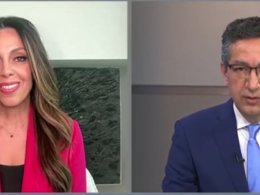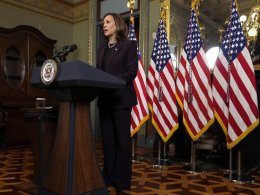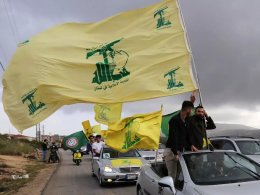With protests still ongoing throughout Iran for over four months, radical Islamic leaders and supporters of the government like Mohammad-Mehdi Hosseini Hamedani have resorted to conspiratorial theories of the current political, environmental, and economic problems in Iran.
According to Iran International, Hamedani, a confidant of Iranian Supreme Leader Ayatollah Ali Khamenei and an official in the Iranian city of Karaj, said that the reason for low rainfall in the country is the lack of hijab observance after women took off their veils last September.
The Friday prayer imam reiterated that observance of the hijab should be enforced strictly in society through any means necessary.
Protesters have filled Iran’s cities in protest after the death of 22-year-old Mahsa Amini at the hands of the Islamic Republic of Iran's morality police for her hijab wear in September.
The Friday prayer imam told supporters that any woman who unveils in public is an enemy of Islam and the state, emphasizing that all such individuals must be confronted by the regime.
"It is not possible to imagine that we are living in an Islamic country when we enter some institutions, shopping malls, pharmacies, etc.!" Hamedani said, calling on security forces and regime supporters to warn businesses and malls that serve women who have removed their hijab and shut them down if warnings did not work.
Hamedani is one of many clerical figures linking Islamic rituals to drought, natural disasters, political troubles, and economic turmoil.
Ahmad Alamolhoda, another radical Islamic cleric, who is the father-in-law of Iranian President Ebrahim Raisi, earlier called on people to say prayers for rain to solve the widespread problem of drought in Iran.
In 2019, Iranian Prosecutor General Mohammad Jafar Montazeri said that the judicial system "does not allow women to unveil in public because it causes natural disasters such as floods and earthquakes in the country."
In the central city of Isfahan, Yousef Tabatabai Nejad, a representative of the Ali Khamenei, stated in 2016 that women who unveiled and took photos like Europeans were the reason for the river of Zayandeh-Rood going dry and added that if it continued, then headwaters would also dry up.
For the past several years, Iran has experienced a growing water crisis because of the regime's mismanagement in constructing unnecessary dams and supporting water-thirsty crops like rice, along with political influence in water distribution.
Despite the United States and Western countries offering help for Iran's water drought, the regime has rejectee such offers, blaming America and its European allies for various environmental and economic issues. As protests continue, the Supreme Leader and officials from the Islamic Revolutionary Guards Corps (IRGC) have repeated conspiracy theories about the protests, saying that Israel and the West are supporting the protesters to overthrow the Islamic Republic.
In response to the calls for the regime's downfall, the government's security forces have deployed all resources to crack down on protesters and called on the Islamic judiciary system to enact swift executions.
Despite the calls for condemnation and international sanctions, the regime continues to arrest, torture, and kill young and old Iranians, who are protesting for freedom.
Related Story: 5 Things to Know: 100 Days of Protests in Iran










